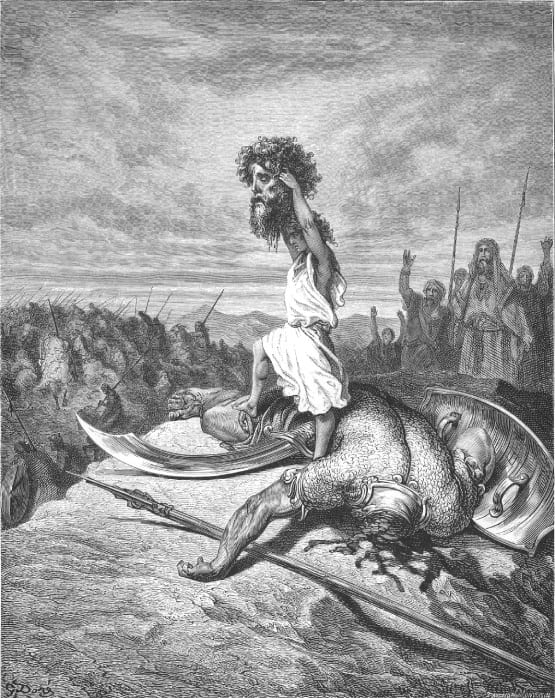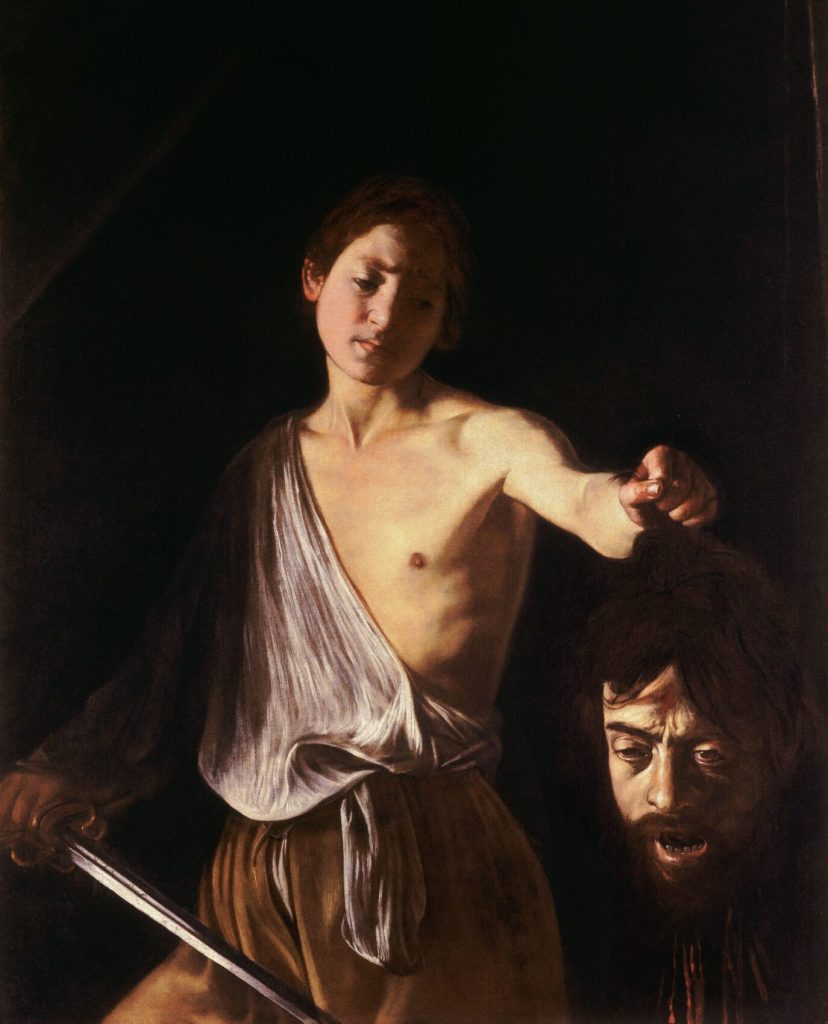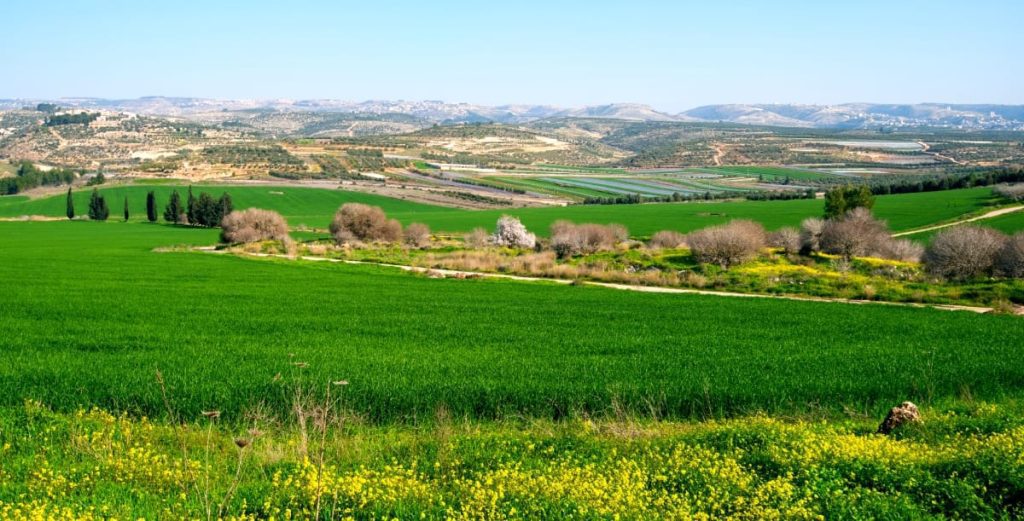The story of David and Goliath is one of the more celebrated biblical narratives. In reality, Goliath is described in the biblical Book of Samuel as a Philistine giant defeated by the young David in single combat. Moreover, the story signified Saul’s unfitness to rule; as Saul himself should have fought for Israel.
In effect Scholars today believe that the authors of Deuteronomic history changed the original text to credit the victory to the more famous character; David. Moreover, the phrase “David and Goliath” has taken on a more popular meaning, denoting an underdog situation, a contest where a smaller, weaker opponent faces a much bigger, stronger adversary. In this post, we shall learn more in-depth about this spectacular story.

David and Goliath: The Biblical Narrative
Saul and the Israelites are facing the Philistines in the Valley of Elah. Twice a day for 40 days, morning and evening, Goliath, the champion of the Philistines, comes out between the lines and challenges the Israelites to send out a champion of their own to decide the outcome in single combat, but Saul is afraid. David accepts the challenge. Saul reluctantly agrees and offers his armor, which David declines, taking only his staff, sling, and five stones from a brook. David and Goliath confront each other, Goliath with his armor and javelin,

David with his staff and sling. “The Philistine cursed David by his gods,” but David replies: “This day the Lord will deliver you into my hand, and I will strike you down, and I will give the dead bodies of the host of the Philistines this day to the birds of the air and to the wild beasts of the earth; that all the earth may know that there is a God in Israel and that all this assembly may know that God saves not with sword and spear; for the battle is God’s, and he will give you into our hand.”
David Hurls a Stone and Hits Goliath in the Center of His Forehead
So David hurls a stone from his sling and hits Goliath in the center of his forehead. Goliath falls on his face to the ground, David cuts off his head. The Philistines flee and are pursued by the Israelites “as far as Gath and the gates of Ekron”. David puts the armor of Goliath in his tent and takes the head to Jerusalem, and Saul sends Abner to bring the boy to him. Then the king asks whose son he is, and David answers, “I am the son of your servant Jesse the Bethlehemite.”
In addition, the Books of Samuel, together with the books of Joshua, Judges, and Kings, make up a unified history of Israel which biblical scholars call the Deuteronomistic History. The first edition of the history was probably written at the court of Judah’s King Josiah (late 7th century BCE) and a revised second edition during the exile (6th century BCE); with further revisions in the post-exilic period.

Traces of this can be seen in certain contradictions of the Goliath story. In 1 Samuel 17:54, it says that David took Goliath’s head to Jerusalem; however, Jerusalem, at that time, was still a Jebusite stronghold and was not captured until David became king (2 Samuel 5). The Goliath story is made up of a base narrative with numerous additions made probably after the exile.
David & Goliath: Textual Consideration
Let’s talk first about Goliath’s height, shall we? So the oldest manuscripts, namely the Dead Sea Scrolls text of Samuel from the late 1st century BCE, the 1st-century CE historian Josephus, and the major Septuagint manuscripts, all give it as “four cubits and a span” (6 feet 9 inches or 2.06 meters). In contrast, the Masoretic Text has “six cubits and a span” (9 feet 9 inches or 2.97 meters). Many scholars have suggested that the smaller number grew in the course of transmission, possibly when a scribe’s eye was drawn to the number six in line 17:7







